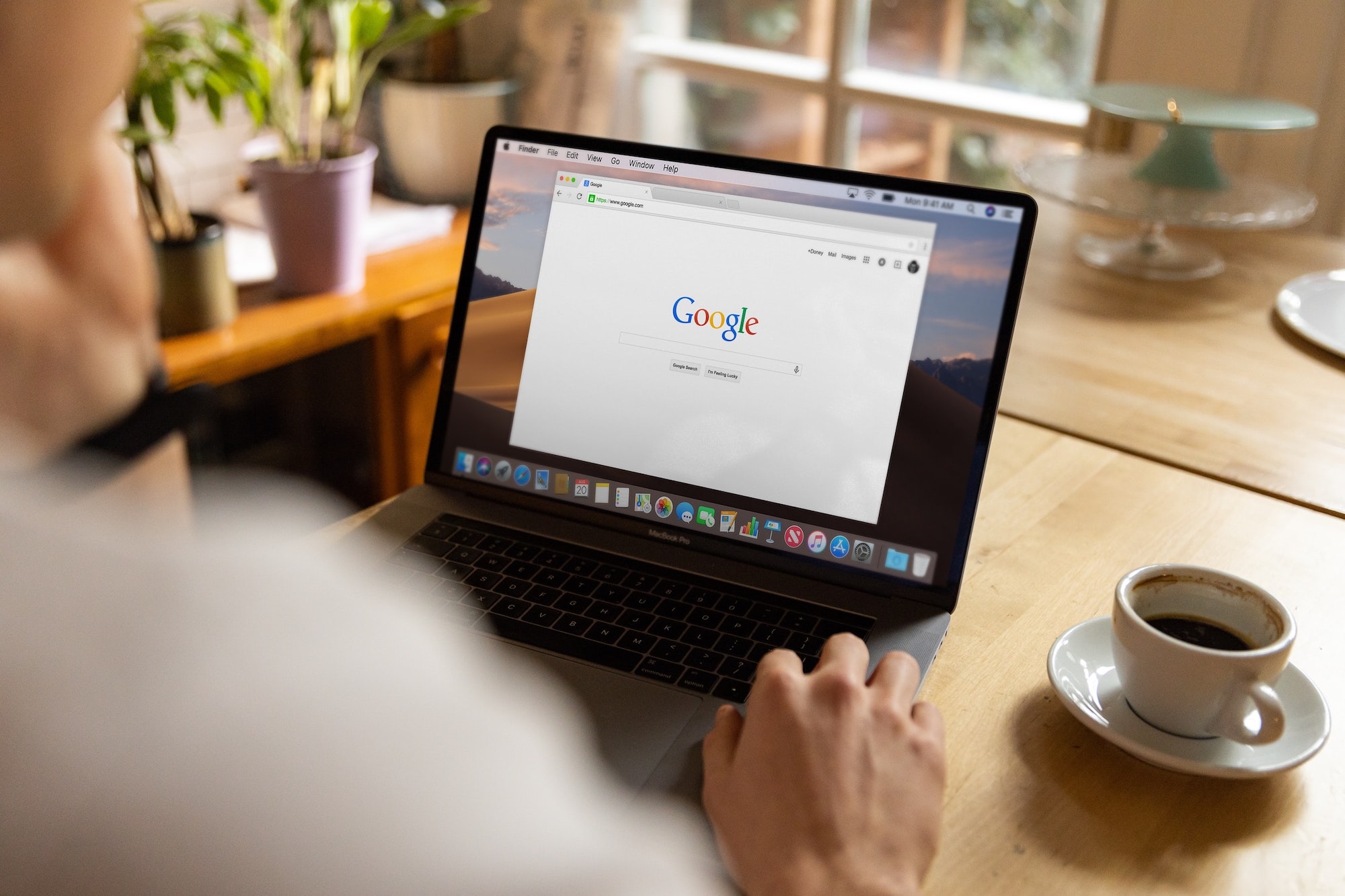

Google announced this week that it is bringing continuous scrolling to desktop browsers. Now when you scroll down to the bottom of the search results page, Google will automatically load another page worth of results without you having to click on an additional button. This feature has been available on mobile devices since last year, but it will now roll out to all US users searching in English—and from there, it will presumably expand to other countries and languages.
Google is careful to call this feature “continuous scrolling” rather than “infinite scrolling.” A similar function exists across most social media sites or apps where as you scroll, new content keeps popping up into your feed just as you get to the bottom of the page. Though, infinite scroll has had its critics, some of which blame the feature for wreaking havoc on our attention spans.
Google, though, will only load six pages of results before you need to click a button that says “See More Results.” (On mobile devices, you can scroll through up to four pages before you have to tap anything.) Also, Google doesn’t load the six pages of results all at once—how fast it presents the next pages is related to the speed that the user scrolls at.
Until now, Google has displayed search results across multiple pages with ten results per page interspersed with ads, suggested results, and other call-out boxes. There’s an entire industry of search engine optimization (SEO) consultants, companies, blogs, and tools that are able to quantify the value of different organic (which means not a paid ad or other feature) search positions, and provide advice on how to rank your website higher.
According to one recent analysis of 4 million Google search results by SEO training website Backlinko, an average of 27.6 percent of searchers clicked on the top result. By comparison, less than five percent of searchers clicked on the results in positions six through ten on the first page. The rates are even worse for results that don’t make the first page: 0.63 percent of Google searchers clicked on any link on the second page. (Other similar analysis have come to pretty much the same conclusions.)
Presumably, Google is hoping its new continuous scrolling will encourage searchers to click on or at least consider more results—which increase the likelihood that they will find what they are looking for.
To that end, it’s also rolled out a few other features in recent months aimed at improving the quality of the results that people see, though these are mostly available on the mobile app in the US (which seems to be where most new features get released first). Google added a “Discussions and forums” call out box nested within the first page of search, similar to the existing “News” and “Images” ones, for queries that could “benefit from the diverse personal experiences found in online discussions.” It’s also taken steps to tweak its algorithm and make visual search more natural and intuitive by allowing you to add additional queries using “multisearch.” This will supposedly allow the engine to take on more complex questions. Similarly, it has tried to encourage searchers to explore deeper by offering up topic suggestions based on their searches and showing more visuals when they shop for products on a desktop. Notably, it hasn’t committed to showing less ads.
Given the growing narrative that Google’s search results and overall user experience are getting worse (even if it might really be an internet-wide issue), getting the right results to people when they look for them is clearly important to the company—especially as more people turn to social media like Reddit and TikTok for information, but those platforms come with their own issues around misinformation and taking statements out of context. Google is also competing against other browsers like Bing and the privacy-centric DuckDuckGo (see how results across the sites vary here). Whether Google’s wide-ranging attempts to improve its product are enough to keep searchers happy remains to be seen.
